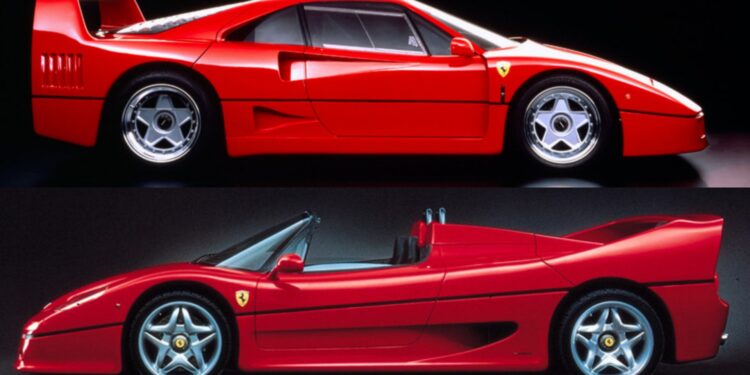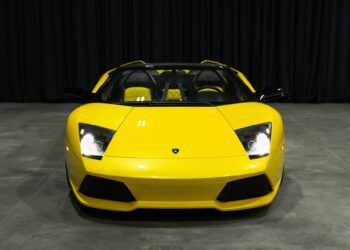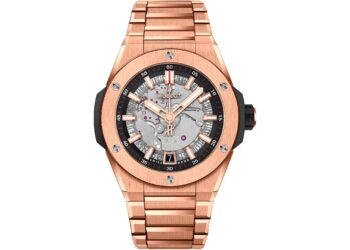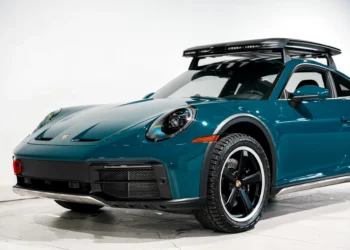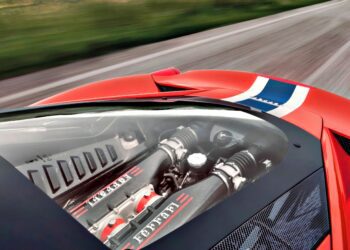When you think about some of Ferrari’s purest driver’s cars ever made, two names often rise above the rest: the F40 and the F50. Both represent milestones in Maranello’s rich lineage of halo supercars, and each was created to celebrate a different chapter in the Prancing Horse brand’s history. However, both embody two very different philosophies: the raw, turbocharged violence of the late 1980s versus the high-revving, naturally aspirated purity of the 1990s.
The Ferrari F40 was built to commemorate the brand’s 40th anniversary, while the Ferrari F50 marked 50 years of Prancing Horse excellence. Where the F40 was the last car personally approved by Enzo Ferrari himself, the F50 was a road-going supercar with a Formula 1 engine, hailing from the Luca di Montezemolo era. So how do they compare in performance, design, and collectibility? Let’s find out.
Ferrari F40 Vs Ferrari F50 Performance
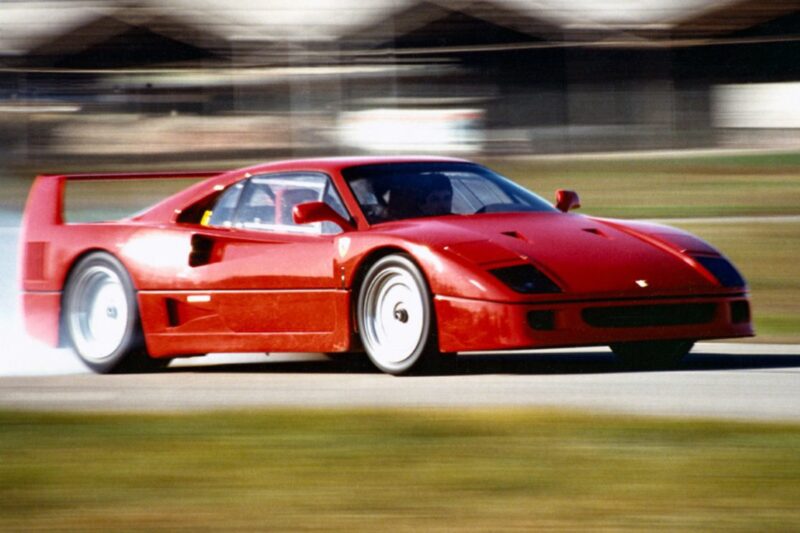
The Ferrari F40 remains one of the most visceral supercars ever built. At its heart lies a 2.9-liter twin-turbocharged V8 producing 471 horsepower and 426 pound-feet of torque. Power goes exclusively to the rear wheels through a 5-speed gated manual. At just 2,425 pounds, it rockets to 60 mph in 3.8 seconds and tops out at 201 mph.
That top speed figure is significant, because until the McLaren F1 came along in the early 1990s, the Ferrari F40 was it fastest production car in the world when it launched in 1987. In fact, the F40 was the first production car to exceed 200 mph. In terms of power delivery, there’s lag, turbo lag, but once the boost hits, the car demands full attention. With no traction control, no ABS, no luxury. Its lightweight chassis is known for being unforgiving and brutally quick, offering razor-sharp steering and minimal body roll.
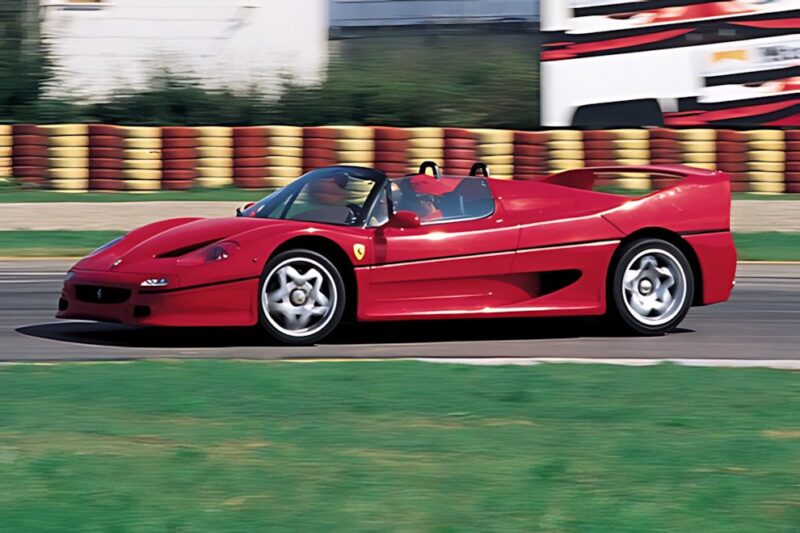
The Ferrari F50, however, is known for delivering a completely different experience. Instead of forced induction, it features a 4.7-liter V12 derived from Ferrari’s 1990 F1 engine, which produces 512 horsepower and 347 pound-feet of torque, which is less than the F40’s. The F50 is also noticeably heavier than its predecessor.
However, the F50 with its naturally-aspirated power plant, which can rev to 8,500 rpm, more than makes up with a soundtrack that is far more evocative. With no turbo, the throttle response is a lot more immediate. Its chassis is a carbon fiber monocoque with the engine acting as a stressed member. The double-wishbone pushrod suspension setup and active damping mean it should ride and corner well. Just like the F40, power is sent to the rear wheels, but with one extra cog.
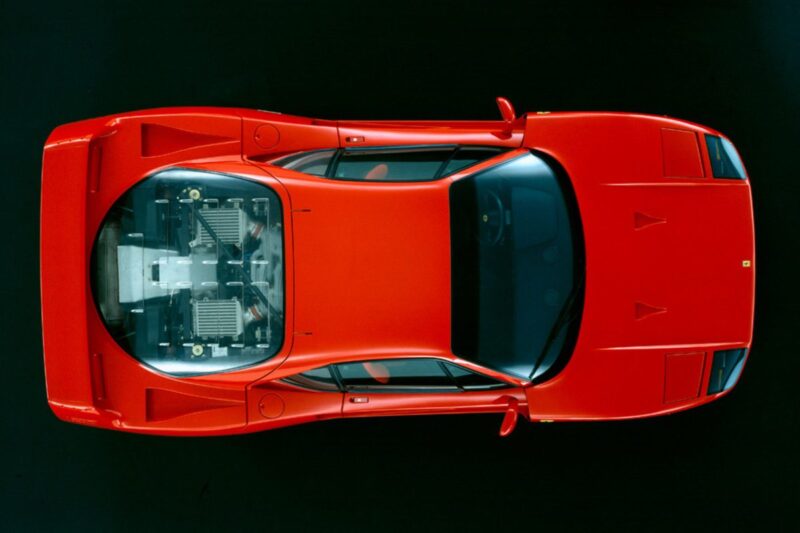
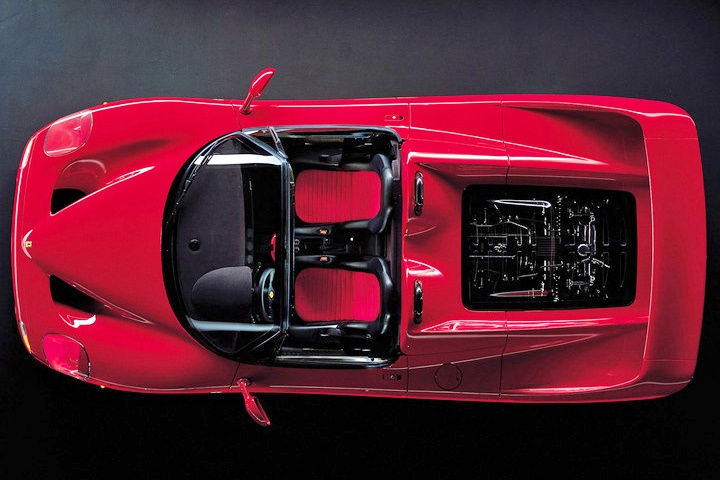
Ferrari F40 Vs F50 Specs
| Specification | Ferrari F40 | Ferrari F50 |
| Engine | 2.9L Twin-Turbo V8 | 4.7L Naturally Aspirated V12 |
| Power | 471 hp @ 7,000 rpm | 512 hp @ 8,000 rpm |
| Torque | 426 lb-ft @ 4,000 rpm | 347 lb-ft @ 6,500 rpm |
| Transmission | 5-speed manual | 6-speed manual |
| Drivetrain | Rear-wheel drive | Rear-wheel drive |
| 0–60 mph | ~3.8 sec | ~3.6 sec |
| Top Speed | ~201 mph | ~202 mph |
| Curb Weight | ~2,425 lbs | ~2,755 lbs |
| Production | 1,315 units | 349 units |
| Years Built | 1987–1992 | 1995–1997 |
Exterior Design
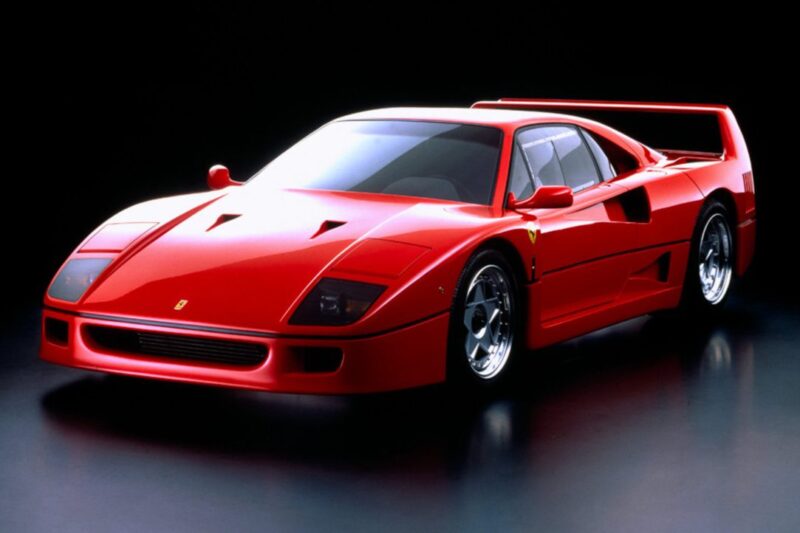
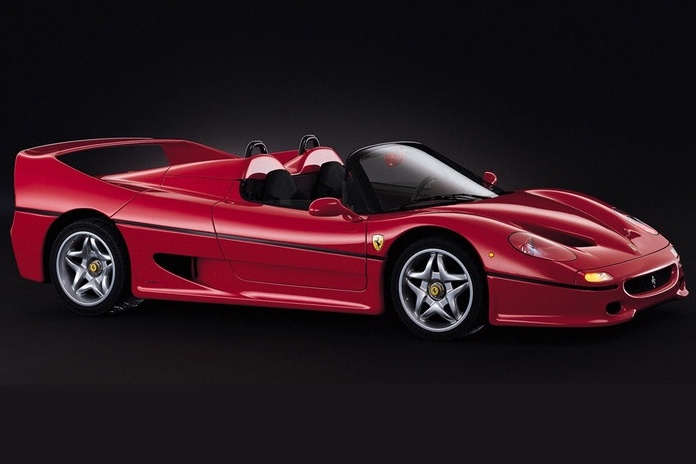
The F40, designed by Pininfarina under Leonardo Fioravanti, remains one of the purest expressions of function-driven design, prioritizing airflow, weight reduction, and cooling efficiency over aesthetics. Its form was dictated by performance: the large fixed rear wing with F40 embossed on the endplates, NACA ducts, exposed rivets, and sharp intakes all serve aerodynamic necessity. The body panels, made of Kevlar and carbon composites, were bonded with resin to reduce weight. Even the fuel cells required periodic replacement, just like in racing cars. This was still the ’80s, and pop-up headlights, and pop-up headlights were still a thing back then.
The F50, also penned by Pininfarina, represented the opposite approach. Three decades on, its aesthetic at the time showed how far Ferrari’s design philosophy had advanced in less than ten years. It’s smoother, more cohesive, and more aerodynamic. The targa-style roof integrated seamlessly with the body, and that fixed rear wing flowed naturally into the tail. Every curve was modeled in the wind tunnel to balance downforce and drag. The F50 was designed to look alive even when standing still. A highlight on both cars was the mesh design at the rear, which not only allowed for heat dissipation, but also allowed you to take a peek at the engine.
Interior Design
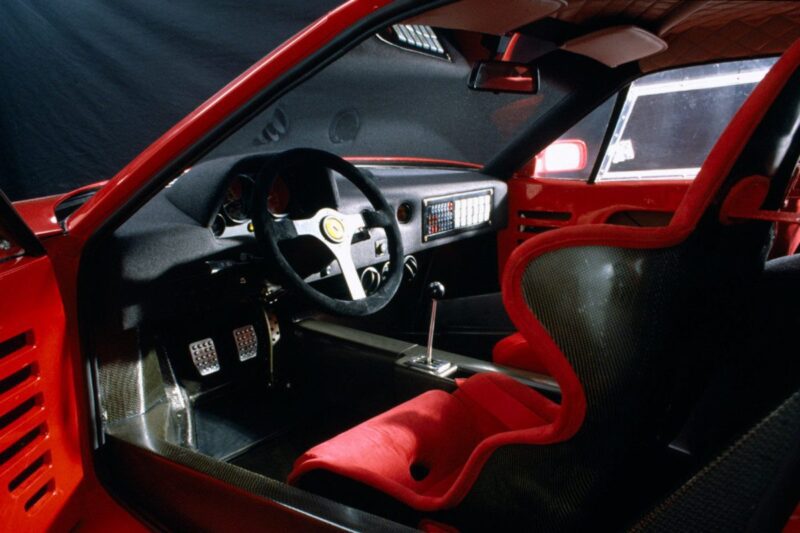
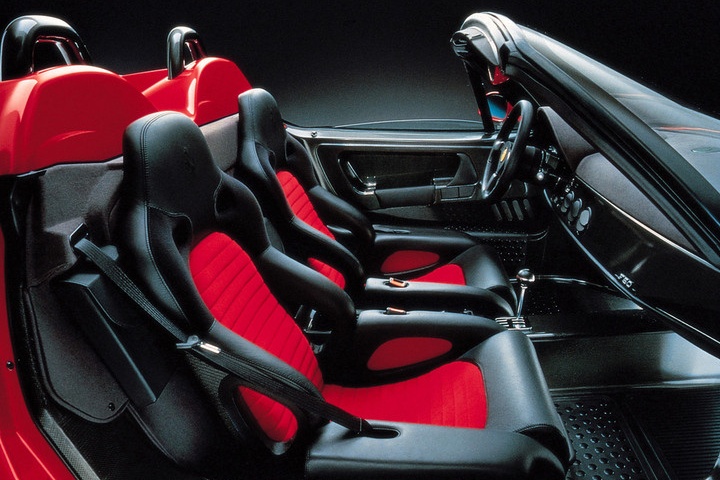
Inside the F40, you’ll find exposed carbon fiber, manual window cranks, and nothing else. No carpets, no sound insulation, no air conditioning (unless specified). The F50 takes a slightly civilized approach. The cabin still features carbon fiber, but you also get leather, a proper dashboard, adjustable seats, and a removable roof. The steering wheel is minimalist, and the analog gauges dominate the view. It offered basic amenities like adjustable seats and an air-conditioning option.
Both cars prioritize connection over comfort. Neither car was meant for daily errands, but the F50 edges out the F40 in usability. The ride is known to be more compliant, the clutch less punishing, and the roof can come off. The F40, with its fixed coupe body, stiffer suspension, and heat from the turbo system, is best enjoyed early morning or late night when traffic is nonexistent.
On track, though, the F40’s lighter weight and sharper turbo punch should make it feel raw and reactive, while the F50 feels more balanced and composed. The V12’s throttle control inspires confidence in corners. The difference mirrors the shift from analog brutality to technical sophistication.
Ferrari F40 Vs Ferrari F50: Collectibility, Reliability & Priceb
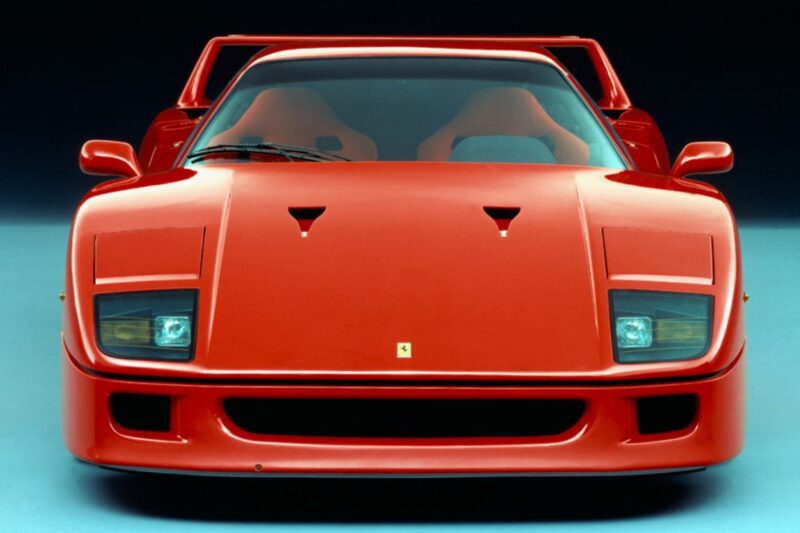
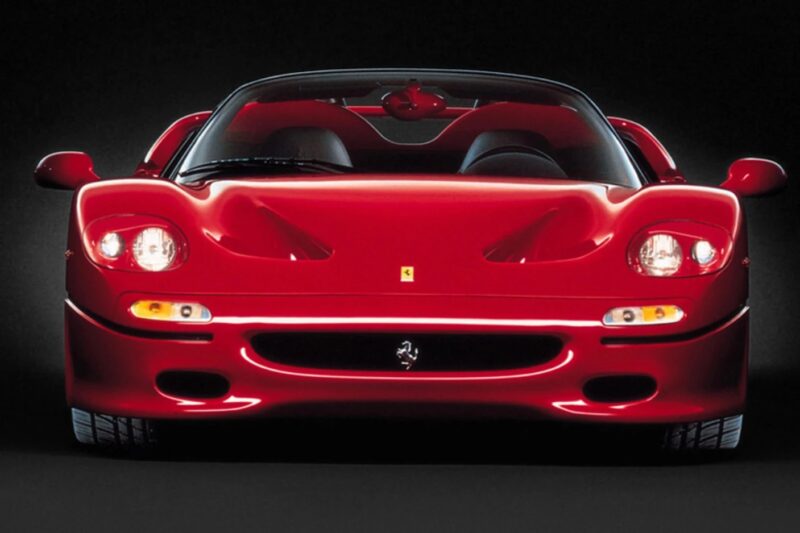
Both cars are blue-chip collectibles, but the F40’s production story contains rarities few mention. Early “non-cat, non-adjust” European-spec examples are the most desirable due to their lighter weight and lack of emissions controls. The F40, produced in larger numbers (1,315), owes its desirability not only to its connection with Enzo Ferrari but also to its originality.
Most cars left Maranello in Rosso Corsa, though a handful were finished in Giallo Modena, Nero, or Argento, with these colors commanding substantial premiums. Factory-painted black and yellow F40s have fetched as much as $4.5 million, while standard red examples typically range from $2.5 to $4.0 million depending on mileage and provenance. Rarity also plays a role. Early “non-cat, non-adjust” European-spec cars, lighter and less restrictive, are the most sought-after, along with models that retain their factory tool kits, books, and unmodified interiors.
Ferrari also experimented with an F40 Valeo, fitted with an experimental clutchless manual transmission for Piero Lardi Ferrari’s personal use. Another handful of competition-spec F40 LM and F40 GT cars were built in collaboration with Michelotto, producing up to 720 horsepower.
The F50, with just 349 units built, is inherently more exclusive with average prices. Every example left the factory in one of five colors: Rosso Corsa, Giallo Modena, Rosso Barchetta, Nero, or Argento Nürburgring. Of these, Rosso Corsa dominates production, but Giallo Modena and Nero cars are exceptionally rare and have become collector favorites. Low mileage, matching-number provenance, and factory Classiche certification can push values toward $6 million or higher.
Several bespoke commissions, like those for the Sultan of Brunei, do exist. The most extraordinary variant, however, was the F50 GT, an evolution of the road car meant for GT1 racing. Developed with Dallara and ATR, it featured a 750-horsepower engine, carbon bodywork, and a top speed exceeding 230 mph. Only three were built before the program was canceled, making it one of the rarest Ferraris ever.
Ferrari F40 vs F50 Price
| Metric | Ferrari F40 | Ferrari F50 |
| Original MSRP | ~$400,000 | ~$475,000 |
| Market Range | $2.5–$4M | $4.5–$6M |
| Market Average (Past 5 Years) | $3.4M | $4.9M |
| Rare Colors | Nero, Giallo Modena, Argento | Nero, Giallo Modena, Rosso Barchetta |
| Production Numbers | 1,315 units; early EU “non-cat/non-adjust” cars prized | Only 349 built worldwide |
| Collectibility | Last Enzo-approved model | F1-derived construction and engine |
| Value Drivers | Color, originality, documentation | Color, mileage, provenance, certification |
| Years Built | 1987–1992 | 1995–1997 |
| Value Trajectory | Steady appreciation since 2018 | Sharp rise post-2020, continuing upward |
| Long-Term Outlook | Stable blue-chip collectible | Only 349 were built worldwide |
Values sourced from Classic.com, RM Sotheby’s, and Hagerty Price Guide
Ownership and Maintenance Considerations
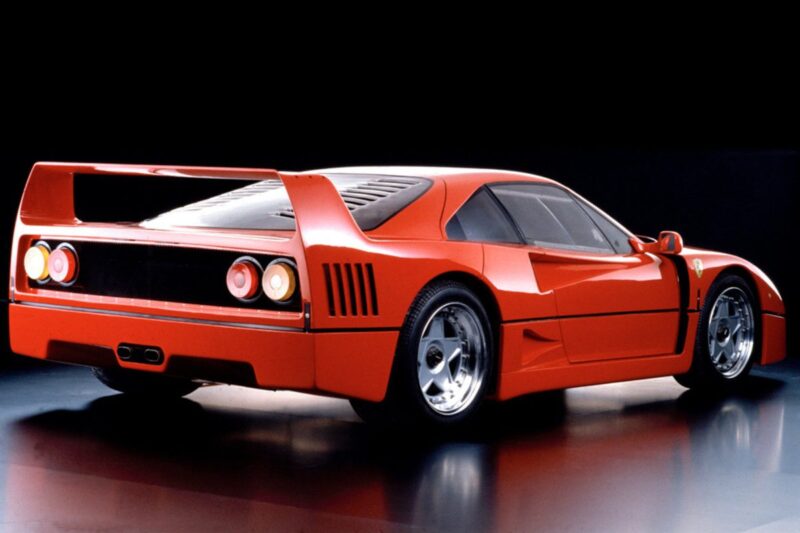
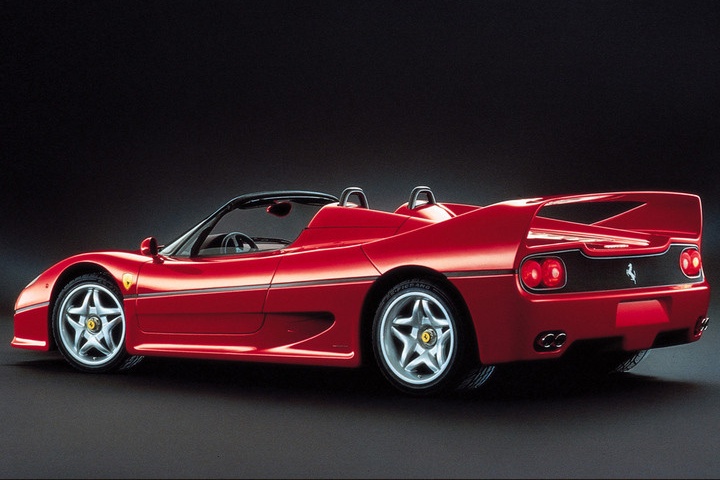
Owning either car will require commitment. The F40’s twin-turbo V8 requires consistent maintenance of its fuel and cooling systems to prevent performance degradation. Turbo seals and hoses often need attention, particularly in cars that spend long periods off the road. Parts availability is generally good, but they are expensive, and servicing should be performed by Ferrari specialists familiar with older turbocharged systems.
In contrast, the F50’s naturally aspirated V12 is less temperamental but equally complex. The V12 engine’s integration into the chassis makes major service operations more labor-intensive. Regular use is recommended to prevent issues with seals and gaskets, and maintaining the hydraulic suspension system requires specialized expertise. Ferrari-trained independent workshops or authorized Classiche service centers are the preferred options to ensure long-term reliability. Both cars will benefit from regular exercise rather than static display. Keeping systems pressurized, fluids circulating, and components lubricated prevents mechanical degradation will preserves their respective long-term values.
Choosing between the Ferrari F40 and F50 is more about where your priorities lie. With both offering three pedals and a stick, they represent the pinnacle of Ferrari’s commitment to emotion through innovative engineering solutions. Both certainly deserve a spot in the automotive hall of fame, forever marking the shift from mechanical mastery to modern performance.
Images: Ferrari
FAQs
1. How much is a Ferrari F40 worth today?
[A] Depending on mileage, color, and originality, most Ferrari F40s sell between $2.5 and $3.5 million, with rare colors like Nero or Giallo Modena pushing values beyond $4 million.
2. How many Ferrari F40s were produced?
[A] Ferrari built approximately 1,315 units of the F40 between 1987 and 1992.
3. Is the Ferrari F40 street legal?
[A] Yes. The F40 was built for the road, though its stripped-down nature makes it feel like a race car with license plates.
4. What makes the Ferrari F40 special?
[A] It was the last car personally approved by Enzo Ferrari and embodies the raw, analog essence of the marque’s racing spirit.
5. How much is a Ferrari F50 worth today?
[A] The Ferrari F50 typically trades between $4.5 and $6 million, with Nero or Giallo Modena cars fetching record-breaking premiums.
6. How many Ferrari F50s were built?
[A] Ferrari produced just 349 units of the F50 between 1995 and 1997.
7. Why is the Ferrari F50 considered a Formula 1 car for the road?
[A] Its 4.7-liter V12 engine is directly derived from Ferrari’s 1990 F1 power unit, and the chassis uses a carbon monocoque with the engine as a stressed structural element, tech straight from Formula 1.
8. Which is rarer, the F40 or F50?
[A] The F50 is significantly rarer, with less than a third of the F40’s production numbers.


